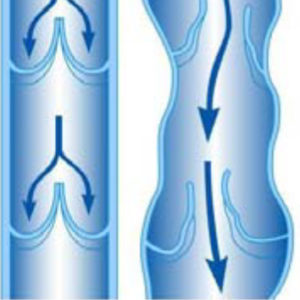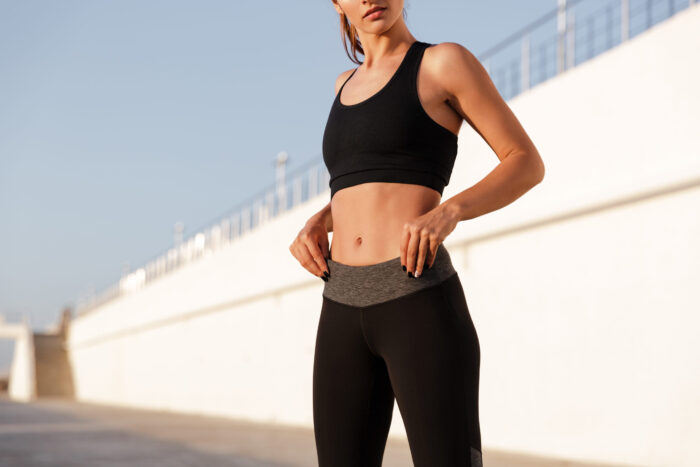Arteries carry oxygenated blood to your legs, and veins carry that blood back to your heart to be recirculated. Your venous system has two components: the deep and the superficial. The deep venous system is inside the muscles and transports 90% of the blood away from your legs; for the most part, these veins have nothing to do with your varicose and spider veins.





